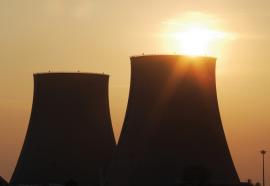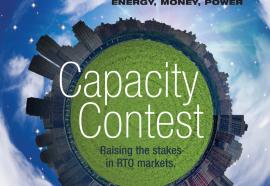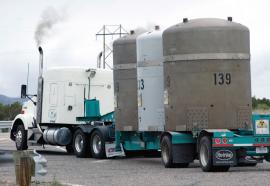Renewable Spend & Tax (Credit)
Submitted by meacott on Thu, 2012-05-31 18:03For developers of renewable power projects, the regulatory landscape is always shifting. The American Recovery and Reinvestment Act of 2009, for example, added the option of a cash grant in lieu of an investment tax credit—a provision that was set to expire at the end of 2010, but that received an 11th hour extension during the lame duck Congressional session.










